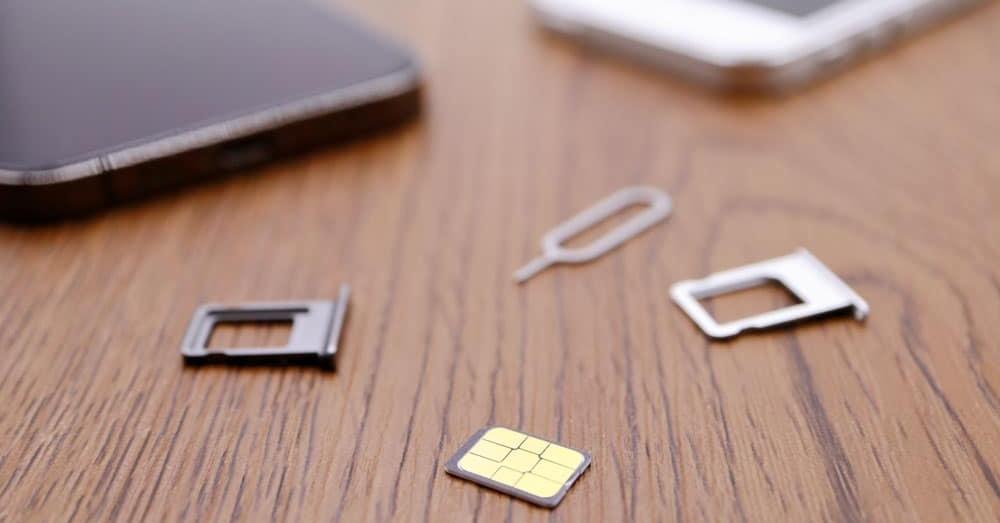In the world of smartphones, the way we connect and communicate has undergone a massive revolution. One significant change is the transition from physical SIM cards to embedded SIMs (eSIMs). With mobile data recharge becoming more accessible and the advent of services like Airtel eSIM, consumers often find themselves contemplating which one to choose – eSIM or Physical SIM?
While both physical and eSIM come with their own sets of merits and demerits, it is important to understand the basic differences between the two. This article will walk you through everything you need to know to understand the differences and better choices among the two for your daily internet and networking use or purposes.
Here are 10 key differences to help you understand the distinction between eSIM and Physical SIM:
- Physical Presence: A physical SIM is a tiny chip you manually insert into your phone, while an eSIM is a digital SIM that’s already built into your device.
- Space Consumption: A physical SIM card occupies a slot in your device, whereas an eSIM doesn’t require any physical space.
- Multiple Subscriptions: An eSIM allows you to have multiple mobile subscriptions and switch between them at will, while a physical SIM restricts you to a single subscription per SIM.
- Switching Devices: Transferring a physical SIM card to another device is easier, while an eSIM requires a new activation process for each device.
- Durability: Physical SIMs can be damaged or lost, while an eSIM is embedded in the device, thus eliminating such risks.
- Travel Convenience: With an eSIM, you can conveniently switch to a local network when travelling, avoiding high roaming charges. With physical SIMs, you might need to buy and install a local SIM.
- Activation Process: A physical SIM needs to be activated by the carrier, whereas an eSIM can be activated instantly via the internet.
- Environmental Impact: eSIMs are more eco-friendly as they reduce the need for plastic SIM cards.
- Device Compatibility: eSIMs are only supported by certain devices, while physical SIMs are compatible with most mobile phones.
- Network Provider Flexibility: eSIMs offer more flexibility in switching network providers. With physical SIMs, you would need a new card each time.
Choosing between an eSIM and a physical SIM largely depends on your personal requirements and the kind of flexibility you desire. When deciding, it’s important to consider the right service provider. For instance, Airtel offers both eSIM and physical SIM options, along with easy mobile data recharge.
To activate Airtel eSIM, you can visit the Airtel website or the Airtel Thanks App. Here are the steps:
- Start the process by sending an SMS in this format to 121.
eSIM<>registered email ID - Enter your correct email ID here. If the email ID is valid, you will get a response back from 121 giving you confirmation for the start of the process.
- In case, your email is not valid, you will get a response from 121 to restart the process with the correct mail ID. If your email has changed, it will also guide you through the process of updating your email ID.
- In addition, if your email validation is complete, you will get another SMS from 121 to give your consent over a call for the activation of the eSIM. If you miss the call and the consent is not given, the request for eSIM will get cancelled.
- Once you provide your consent for the eSIM, you will get one final SMS from 121. The text will inform you about a QR code which will be sent to your mail ID.
- The QR code is the most important step of the process. You will have to scan the QR code immediately. Post that, it will take around 2 hours for eSIM to get activated.
In conclusion, both eSIMs and physical SIMs have their advantages. The choice between them should be made based on your lifestyle, device compatibility, and the flexibility you need. With advancements in technology like Airtel eSIM, the future of mobile connectivity is promising and full of possibilities. Remember, the right service provider can make a significant difference in your mobile experience, so choose wisely!

